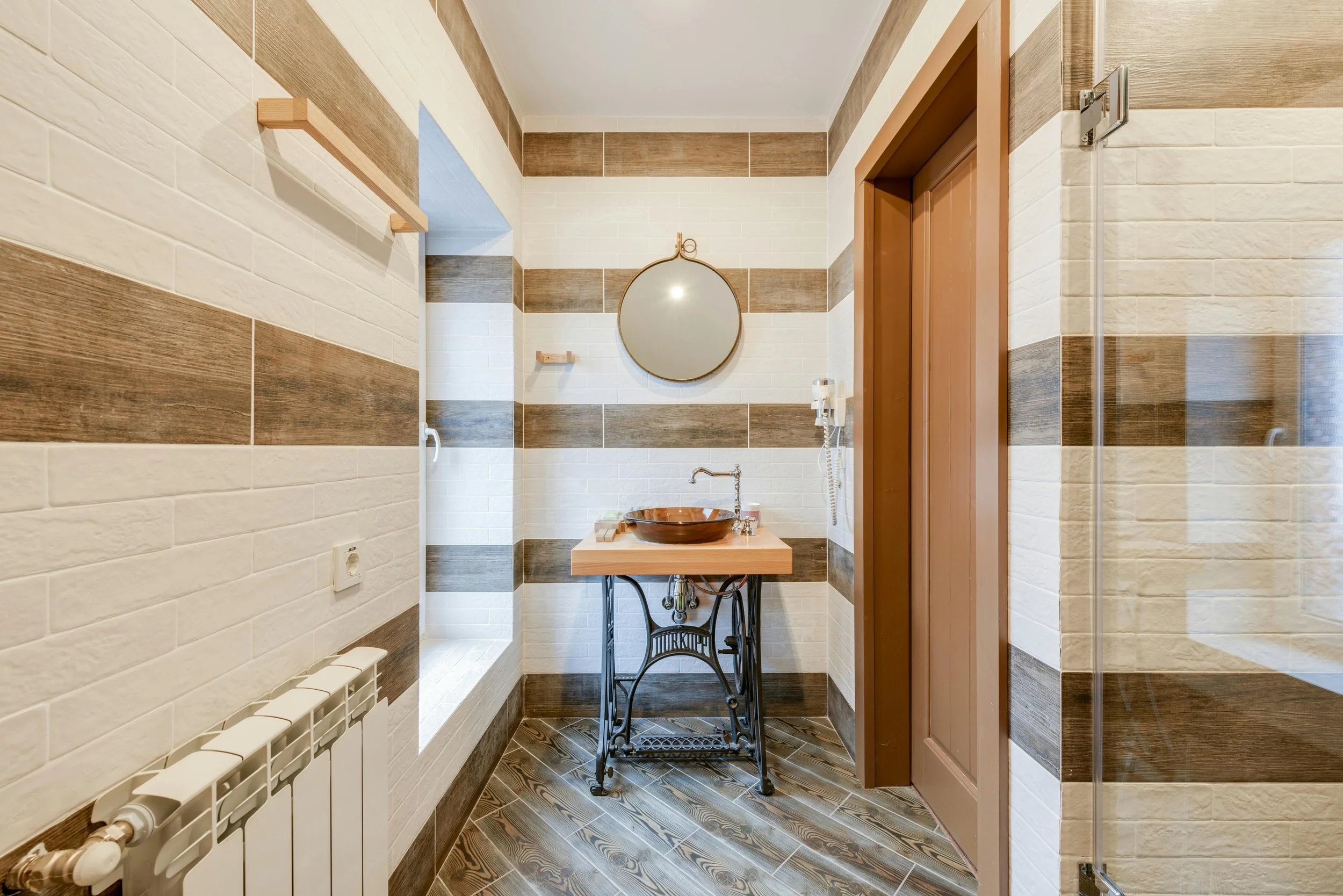Eco-Friendly Bathroom Remodeling Tips for a Greener Home
Eco-conscious living is no longer just a trend—it’s a responsibility. From reducing plastic waste to using sustainable energy sources, homeowners are increasingly making green choices that benefit both the environment and their wallets. One of the most impactful places to start? The bathroom. Whether you're planning a major renovation or looking to make smaller changes, embracing eco-friendly bathroom remodeling practices can help lower your environmental footprint while creating a space that’s both stylish and sustainable.
In this guide, we’ll walk you through effective tips for a green bathroom remodel, focusing on water-saving fixtures, sustainable materials, energy-efficient lighting, and smart eco-friendly bathroom design ideas. We’ll also touch on the long-term benefits of choosing sustainability for your bathroom space.
Why Go Green with Your Bathroom Remodel?
Bathrooms are one of the most water- and energy-intensive rooms in the home. Traditional designs often waste resources and rely heavily on environmentally harmful materials. A green bathroom remodel not only reduces your utility bills but also contributes to conservation efforts and improves indoor air quality. Plus, with advances in eco-friendly design, you don’t have to compromise on luxury or aesthetic appeal.
If you're remodelling in the Midwest, working with an experienced team like Renovision Road ensures a thoughtful balance between sustainability and functionality.
1. Prioritize Water-Saving Fixtures
Water usage is a key area to address in an eco-conscious bathroom remodel. A standard showerhead uses up to 2.5 gallons of water per minute, and toilets can consume over 1.6 gallons per flush. Replacing outdated fixtures with water-saving alternatives significantly reduces water consumption.
A. Low-Flow Toilets
Modern low-flow toilets use as little as 1.28 gallons per flush without sacrificing performance. Dual-flush models offer separate buttons for liquid and solid waste, further optimizing water usage.
B. Water-Efficient Showerheads
EPA Water Sense-certified showerheads use less water while maintaining strong pressure. They can reduce water usage by up to 20%, saving both water and the energy used to heat it.
C. Aerated Faucets
These faucets mix air with water to deliver a strong flow with reduced volume. Installing aerators on existing taps is an affordable and easy upgrade.
By incorporating these water-saving fixtures, you not only conserve precious resources but also lower your monthly utility bills.
2. Use Sustainable Materials for Every Surface
Traditional bathroom remodelling often involves vinyl, plastic, and other non-recyclable materials. Choosing sustainable materials reduces environmental impact and ensures better indoor air quality.
A. Reclaimed Wood and Bamboo
Use reclaimed wood for vanities or shelving to give materials a second life. Bamboo is another excellent option—fast-growing, biodegradable, and incredibly durable, it’s perfect for flooring or cabinetry.
B. Recycled Glass Tiles
Made from post-consumer materials, recycled glass tiles are perfect for backsplashes and shower walls. They’re available in stunning colors and patterns and are mold- and mildew-resistant.
C. Concrete and Natural Stone
Concrete countertops can be sourced sustainably and are long-lasting. Look for natural stones like granite or soapstone from regional quarries to minimize transportation emissions.
By carefully choosing sustainable materials, you create a bathroom space that’s healthy for both the planet and your family.
3. Switch to Energy-Efficient Lighting
Lighting has a major impact on a bathroom’s energy consumption. Switching to energy-efficient lighting is one of the easiest and most cost-effective ways to green your remodel.
A. LED Bulbs
LEDs consume 75% less energy and last up to 25 times longer than incandescent bulbs. Use warm-toned LEDs for vanity lighting and daylight-spectrum LEDs for general illumination.
B. Motion Sensors and Timers
Avoid wasted energy by installing motion sensors or light timers. These tools are especially useful in guest bathrooms or for kids who forget to switch off lights.
C. Natural Light Optimization
Design your remodel to maximize natural light. Installing larger windows or skylights can reduce the need for artificial lighting during the day and enhance mood and air circulation.
Choosing energy-efficient lighting not only benefits the environment but also adds brightness and comfort to your bathroom space.
4. Choose Non-Toxic Paints and Sealants
Many traditional paints and sealants emit volatile organic compounds (VOCs) that contribute to indoor air pollution. Opt for low-VOC or zero-VOC products to keep your air clean and safe.
A. Eco-Friendly Paint Brands
Look for paint brands that are Green Seal- or Greenguard-certified. These paints come in a wide range of colors and perform just as well as conventional options.
B. Safe Sealants
Use silicone- or water-based sealants labeled as low-VOC. These are essential for waterproofing around sinks, tubs, and showers without releasing harmful chemicals.
Toxic-free finishes are especially important in humid bathroom environments where poor air quality can lead to mold growth and health problems.
5. Design for Longevity and Timeless Appeal
A truly eco-friendly bathroom design goes beyond materials and fixtures—it embraces long-term thinking. Remodeling frequently wastes resources, so aim for a design that stays functional and appealing for years.
A. Timeless Aesthetics
Neutral tones, simple lines, and minimalist fixtures stand the test of time. Avoid trendy colors or shapes that may fall out of fashion quickly.
B. Durable Fixtures and Fittings
Invest in high-quality, corrosion-resistant plumbing and sturdy cabinetry. These reduce the need for future replacements and repairs.
C. Flexible Layouts
Design layouts that accommodate aging in place, such as walk-in showers and accessible storage. This forward-thinking approach makes your remodel more sustainable and user-friendly.
Long-lasting designs reduce waste, lower lifetime costs, and maintain value over time.
6. Improve Ventilation and Air Quality
Good ventilation is essential in an eco-friendly bathroom. Proper airflow prevents mold, controls humidity, and supports energy efficiency.
A. Energy-Efficient Exhaust Fans
Install ENERGY STAR-rated exhaust fans to remove moisture without wasting power. Look for models with humidity sensors or automatic shut-off features.
B. Green Plants
Add indoor plants like aloe vera or spider plants to naturally purify the air and add a calming, spa-like atmosphere.
By enhancing ventilation, you not only protect your remodel investment but also maintain a healthier living environment.
7. Reuse and Recycle Where Possible
Don’t throw everything out during your remodel. Repurposing or recycling old fixtures can reduce construction waste and lower your remodeling budget.
A. Salvage Existing Elements
If your current sink or tub is still in good shape, consider refinishing rather than replacing it. Vintage items can be refinished with modern touches to suit your new design.
B. Donate Old Fixtures
Donate usable items like mirrors, cabinets, or toilets to local reuse centers. It diverts materials from landfills and supports community development.
Reducing demolition waste is a simple yet impactful way to make your remodel more sustainable.
8. Work with Green-Certified Professionals
A truly effective green bathroom remodel is best executed with the guidance of eco-conscious professionals.
Renovision Road offers expertise in eco-friendly bathroom design and bathroom renovation planning in the Chicago area. Our focus on sustainable materials, water efficiency, and energy-conscious designs ensures that your bathroom remodel aligns with your green values.
Final Thoughts: A Small Room with Big Environmental Impact
Your bathroom may be small, but the environmental impact of a poorly designed one is massive. By choosing water-saving fixtures, sustainable materials, energy-efficient lighting, and healthier air solutions, your remodel can contribute meaningfully to environmental conservation. A green bathroom remodel not only protects the planet—it enhances your daily living experience and adds long-term value to your home.
Ready to start your eco-conscious bathroom transformation? Explore more sustainable remodeling ideas and expert advice from Renovision Road’s bathroom renovation services in Chicago.

